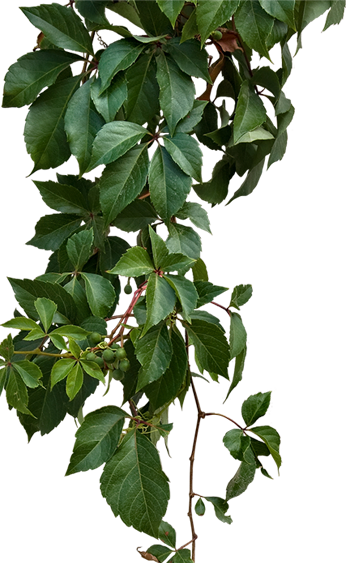
Eco-Friendly Farming: Why Aquaponics Is the Next Big Thing in Agriculture
- Home
- Eco-Friendly Farming: Why Aquaponics Is the Next Big Thing in Agriculture
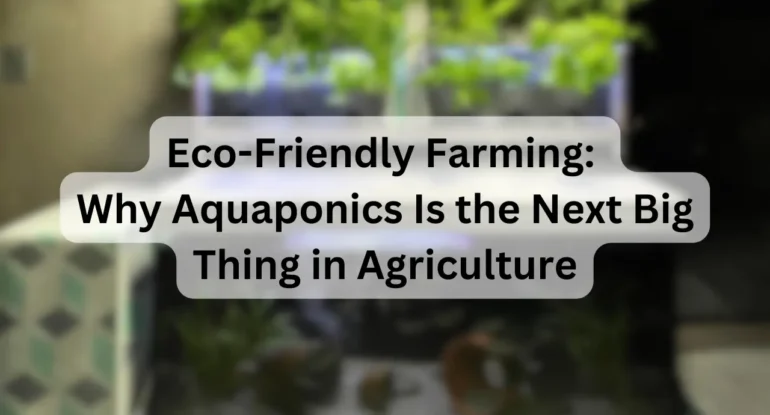
Eco-Friendly Farming: Why Aquaponics Is the Next Big Thing in Agriculture
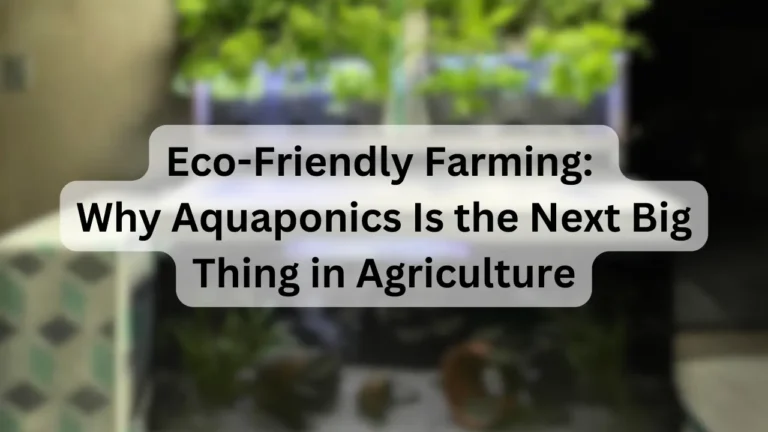
Aquaponics is an innovative agricultural system that combines aquaculture (raising aquatic animals like fish) with hydroponics (growing plants in water without soil) in a symbiotic environment. This system is not only sustainable but also highly efficient in water usage, making it a promising solution for countries facing water scarcity, urbanization, and increasing demand for organic food. In this article, we will explore the fundamentals of aquaponics, its benefits, components, challenges, and its application in countries like India, New Zealand, and the UAE.
What is Aquaponics?
Aquaponics is based on a natural ecosystem where fish and plants coexist. The fish produce waste, which contains ammonia. Bacteria convert this ammonia into nitrates, which are essential nutrients for plants. In turn, the plants filter the water, making it safe for the fish.
Key Components of Aquaponics
| Component | Description |
|---|---|
| Fish Tank | The primary habitat for aquatic animals like fish. Common species include tilapia, catfish, and ornamental fish. |
| Grow Bed | The area where plants are cultivated. Plants grow in soilless media like gravel or expanded clay pellets. |
| Biofilter | Houses beneficial bacteria that convert fish waste (ammonia) into nitrates for plant nutrition. |
| Sump Tank | Collects water after it flows through the grow beds, maintaining system water balance. |
| Pumps and Pipes | Ensure efficient water circulation between the fish tank and grow beds. |
| Aeration System | Provides oxygen to fish and beneficial bacteria. |
Advantages of Aquaponics
- Water Efficiency: Uses up to 90% less water than traditional farming.
- Organic Production: Eliminates the need for chemical fertilizers and pesticides.
- Space Optimization: Allows vertical farming and is suitable for urban areas.
- Sustainability: Creates a closed-loop system reducing environmental impact.
- Dual Income Streams: Farmers can earn from both fish and plant harvests.
Aquaponics in India
India, with its diverse climates and rapid urbanization, offers significant potential for aquaponics. The country faces challenges like water scarcity and soil degradation, making aquaponics a viable alternative.
Applicable Cities in India
| City | Reason for Applicability |
|---|---|
| Pune | High interest in sustainable agriculture and availability of technical expertise. |
| Bangalore | Urban population with demand for organic food. |
| Hyderabad | Water scarcity makes efficient systems like aquaponics essential. |
| Chennai | Rising urbanization and coastal advantages for fish farming. |
| Delhi NCR | Growing urban farming initiatives and demand for clean, pesticide-free food. |
Aquaponics in New Zealand
New Zealand is known for its strong agricultural base and environmental consciousness. Aquaponics aligns with the country’s focus on sustainability and organic farming.
Applicable Cities in New Zealand
| City | Reason for Applicability |
|---|---|
| Auckland | Urban population and high demand for fresh organic produce. |
| Christchurch | Favorable climate and emphasis on sustainable living. |
| Wellington | Strong focus on community-supported agriculture and eco-friendly practices. |
| Hamilton | Proximity to agricultural research centers for innovation in aquaponics. |
| Dunedin | Interest in local, sustainable food systems and urban gardening. |
Aquaponics in the UAE
The UAE faces significant challenges such as extreme heat, arid conditions, and reliance on imported food. Aquaponics provides a solution by offering water-efficient and space-optimized agriculture.
Applicable Cities in the UAE
| City | Reason for Applicability |
|---|---|
| Dubai | High demand for organic food and availability of investment in innovative farming methods. |
| Abu Dhabi | Government support for sustainable agriculture projects. |
| Sharjah | Focus on reducing food imports and promoting local farming. |
| Ajman | Interest in community-driven agriculture for urban populations. |
| Ras Al-Khaimah | Opportunities for small-scale, water-efficient farming practices. |
Challenges in Aquaponics
- High Initial Investment: Requires significant setup costs for equipment and infrastructure.
- Technical Expertise: Needs skilled labor for managing water quality, pH levels, and biological processes.
- Energy Dependence: Relies on electricity for pumps and aeration, which can increase operational costs.
- Fish and Plant Selection: Choosing the right combination of fish and plants for local climates is crucial.
- Market Awareness: Limited consumer awareness about aquaponic products in some regions.
Common Fish and Plants Used in Aquaponics
| Fish Species | Plants |
|---|---|
| Tilapia | Lettuce, Kale, Spinach |
| Catfish | Tomatoes, Peppers, Basil |
| Trout | Mint, Parsley, Coriander |
| Ornamental Fish (e.g., Koi) | Strawberries, Cucumbers |
Steps to Set Up an Aquaponic System
1.Choose the Right Location
Selecting an appropriate site is crucial for the success of your aquaponic system. Consider the following:
- Space Availability: Determine the area based on the system size (backyard, rooftop, or commercial space).
- Sunlight: Ensure the location receives adequate natural sunlight for plant growth or plan for supplemental grow lights.
- Water Source: Access to a reliable, clean water supply is essential.
- Protection: Provide shade or enclosures if needed, especially in regions with extreme weather.
2. Decide the Type of Aquaponic System
Choose a system design that suits your goals and budget:
- Media-Based System: Uses grow beds filled with a growing medium (like gravel or clay pellets) to support plants and filter water.
- Deep Water Culture (DWC): Plants float on rafts in water, ideal for large-scale commercial setups.
- Nutrient Film Technique (NFT): A thin film of water flows through channels, delivering nutrients to plants.
- Hybrid System: Combines multiple techniques for greater efficiency.
3. Design the System Layout
Plan the system’s components and flow:
- Fish Tank: Serves as the habitat for fish and the primary source of nutrients.
- Grow Beds: Allocate space for plant cultivation, considering the plant type and density.
- Piping and Water Flow: Use PVC or similar materials for efficient water circulation.
- Sump Tank (optional): Acts as a water reservoir in larger systems.
4. Select Fish and Plants
Choose species that thrive in your climate and system setup:
- Fish:
- Tilapia: Hardy and fast-growing, suitable for warm climates.
- Catfish: Low-maintenance and adaptable.
- Trout: Prefers cooler water temperatures.
- Koi or Goldfish: Ideal for ornamental or non-edible systems.
- Plants:
- Leafy Greens: Lettuce, kale, spinach.
- Herbs: Basil, mint, parsley.
- Fruiting Plants: Tomatoes, peppers, cucumbers.
5.Build the System
- Install Tanks and Grow Beds: Place fish tanks, grow beds, and biofilters according to the design layout.
- Set Up Pumps and Aeration:
- Install a water pump for circulation between the fish tank and grow beds.
- Use an air pump or diffusers to maintain oxygen levels in the water.
- Add Growing Medium: Fill grow beds with a soilless medium like expanded clay or gravel for plant support and filtration.
6. Cycle the System
Cycling prepares the system by establishing beneficial bacteria that convert fish waste into plant nutrients:
- Initial Water Setup:
- Fill the system with water and adjust the pH to 6.8–7.2.
- Add Ammonia (without fish): Introduce ammonia to kick-start the nitrogen cycle.
- Monitor Water Quality:
- Check ammonia, nitrite, and nitrate levels using test kits.
- Cycling typically takes 4–6 weeks.
- Introduce Fish: Once the system is stable and nitrates are present, add fish gradually to avoid overloading.
7. Plant Your Crops
- Start with seedlings or germinated plants.
- Place them in the grow beds or rafts, ensuring roots have direct contact with the nutrient-rich water.
- Space plants according to their growth requirements.
8. Maintain the System
Regular maintenance is essential for a healthy and productive aquaponic system:
- Monitor Water Quality:
- Test pH, ammonia, nitrite, nitrate, and dissolved oxygen levels weekly.
- Adjust parameters as needed using safe additives (e.g., calcium carbonate for pH).
- Feed Fish: Provide high-quality fish feed appropriate for the species and remove uneaten food to prevent water contamination.
- Inspect Equipment:
- Check pumps, aerators, and pipes for blockages or malfunctions.
- Replace worn-out parts promptly.
- Prune Plants: Remove dead leaves and harvest crops regularly to encourage new growth.
9. Scale Up (Optional)
If the system performs well, you can scale up to a larger setup:
- Add more fish tanks or grow beds.
- Incorporate advanced automation for monitoring and control (e.g., sensors, IoT devices).
- Expand plant variety based on market demand.
10. Troubleshoot Common Issues
Addressing problems quickly ensures system health:
- Fish Health:
- Monitor for signs of stress (e.g., unusual swimming, discoloration).
- Treat diseases using natural remedies or isolate affected fish.
- Plant Health:
- Look for nutrient deficiencies or pests.
- Use organic pest control methods if needed.
- Water Quality: Adjust parameters promptly if ammonia or nitrites spike.
Roles of Grow Lights in Aquaponic Systems
1. Provide Sufficient Light for Photosynthesis
- Plants need light of specific wavelengths (mainly blue and red) for photosynthesis.
- Grow lights mimic natural sunlight, enabling plants to grow healthily in indoor or shaded environments.
2. Extend Growing Seasons
- Grow lights allow aquaponic systems to operate year-round, regardless of seasonal changes or reduced daylight hours.
- This is particularly beneficial in regions with long winters or minimal natural light, such as parts of New Zealand or the UAE.
3. Improve Plant Growth and Yield
- Supplementing natural light with grow lights enhances plant growth rates and overall yields.
- Specific light spectrums can be adjusted for optimal performance:
- Blue Light: Encourages vegetative growth, making it ideal for leafy greens like lettuce and spinach.
- Red Light: Promotes flowering and fruiting in plants like tomatoes and peppers.
4. Enable Vertical and Indoor Farming
- Grow lights support vertical farming, where plants are stacked in layers, maximizing space in urban settings.
- They are essential for aquaponic systems located in basements, warehouses, or other areas without access to sunlight.
5. Optimize Growth for Specific Plant Types
- Different plants have varying light requirements. For instance:
- Leafy greens thrive under cooler light spectrums (400–500 nm).
- Fruiting plants require a mix of red and blue light (600–700 nm).
- Full-spectrum grow lights provide a balance of wavelengths suitable for diverse crops.
Types of Grow Lights for Aquaponic Systems
| Type | Advantages | Considerations |
|---|---|---|
| LED Grow Lights | Energy-efficient, long-lasting, customizable spectrum. | Higher upfront cost but cost-effective long term. |
| Fluorescent Lights | Affordable, suitable for small setups. | Limited intensity; less effective for larger systems. |
| High-Pressure Sodium (HPS) | Excellent for flowering and fruiting stages. | High energy consumption and heat production. |
| Metal Halide (MH) | Good for vegetative growth. | Higher energy consumption; shorter lifespan. |
Tips for Using Grow Lights in Aquaponic Systems
- Determine Light Requirements: Understand the specific needs of your plants (e.g., light intensity, duration, and spectrum).
- Position Lights Correctly: Place lights at an appropriate distance from plants to avoid overheating or insufficient coverage.
- Use Timers: Automate light cycles to replicate natural day-night patterns (typically 12–16 hours of light per day).
- Monitor Energy Usage: Opt for energy-efficient options like LED lights to reduce operating costs.
Related posts:
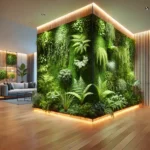 Indoor Vertical Green Wall: A Sustainable and Stylish Way to Transform Your Space
Indoor Vertical Green Wall: A Sustainable and Stylish Way to Transform Your Space
 Low Light Indoor House Plants: Effects, Light Impact, and Maintenance Tips for GULF countries
Low Light Indoor House Plants: Effects, Light Impact, and Maintenance Tips for GULF countries
 Indoor Plants: A Complete Guide to Transform Your Living Space
Indoor Plants: A Complete Guide to Transform Your Living Space
 Labs Growing Plants from Tissue Cultures: The Role of Specialized Grow Lights
Labs Growing Plants from Tissue Cultures: The Role of Specialized Grow Lights
- Blog Categories
- Basic of Artificial Lighting for Plants
- Basic of grow Light
- Case Studies
- General Awareness
- Indoor Vertical Farming
- Medical Plant Research
- Online Tool
- Pitch Grow Light
- Plant Lighting Measurement
- Speed Breeding
- Supplemental Lighting
- Tissue Culture Grow Lights
- Vertical Green Wall
- LED Grow Lights
- Pharma Segment
- General

For Any Information or Enquiry
Quick Link
Other Links
Call Anytime
+91 8604486047
Quick Link
Other Links
Design & Developed By VBTEK


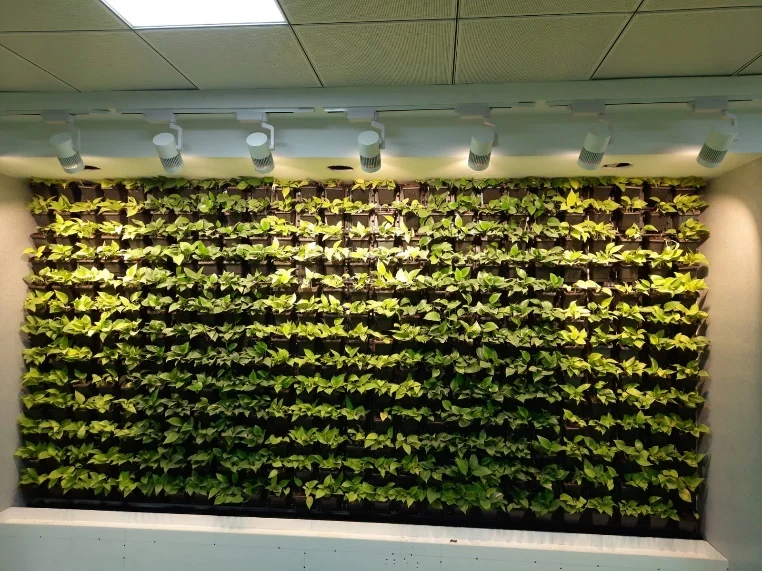
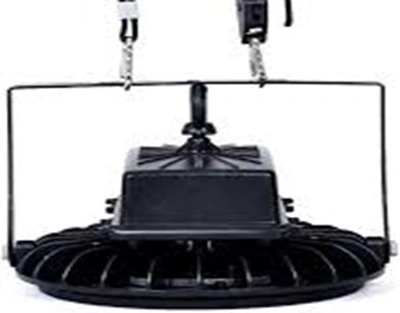
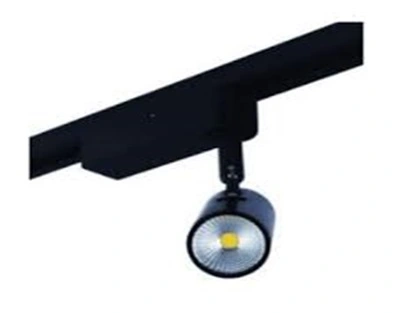
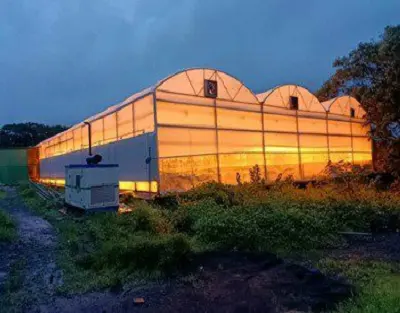
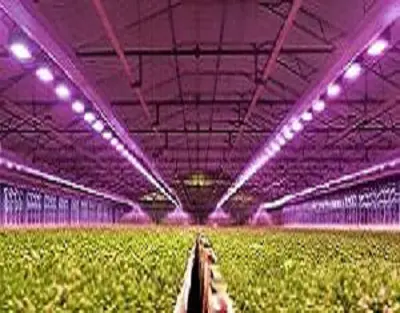
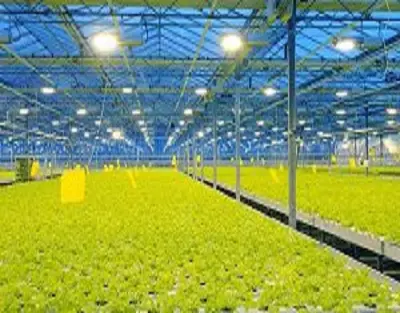


Leave A Comment